Ten brutal, beautiful adventures that echo Elden Ring’s sense of danger, discovery, and mastery—spanning Gothic hunts, samurai duels, and a daring new roguelike spin‑off.
1) Elden Ring: Nightreign (2025)
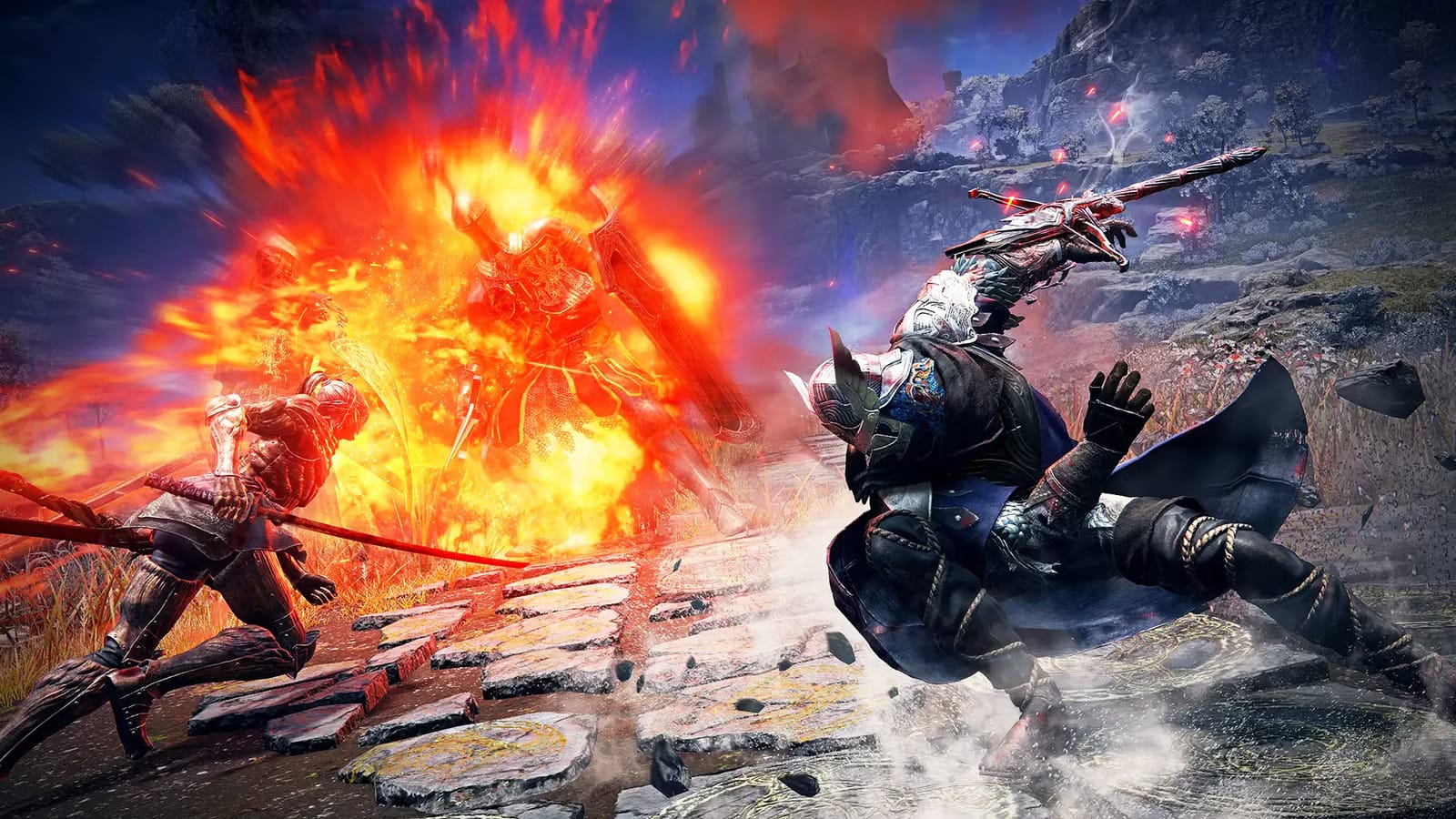
Nightreign reimagines Elden Ring as a standalone, co‑op‑first roguelike where you and up to two friends venture out as Nightfarers on repeatable “Expeditions” through the Everdark. Instead of an endless open world, you tackle focused runs that remix challenges and bosses—Everdark Sovereigns—while chasing better relics and routes on the next attempt. The shift emphasizes teamwork: coordinating roles, sharing resources, and learning encounter patterns under mounting pressure, not unlike planning a Great Rune build in the base game. It still feels unmistakably Soulsborne—tight hitboxes, terrifying minibosses, and quiet storytelling through item flavor and environment—yet it moves at a faster, more replayable cadence. As of launch, Nightreign supports three‑player co‑op (no cross‑play), with a dedicated two‑player Duo Expeditions mode added post‑release. If you love Elden Ring’s combat and atmosphere but want shorter, repeatable arcs you can master with friends, this is the freshest twist on the formula today.
2) Dark Souls III (2016)
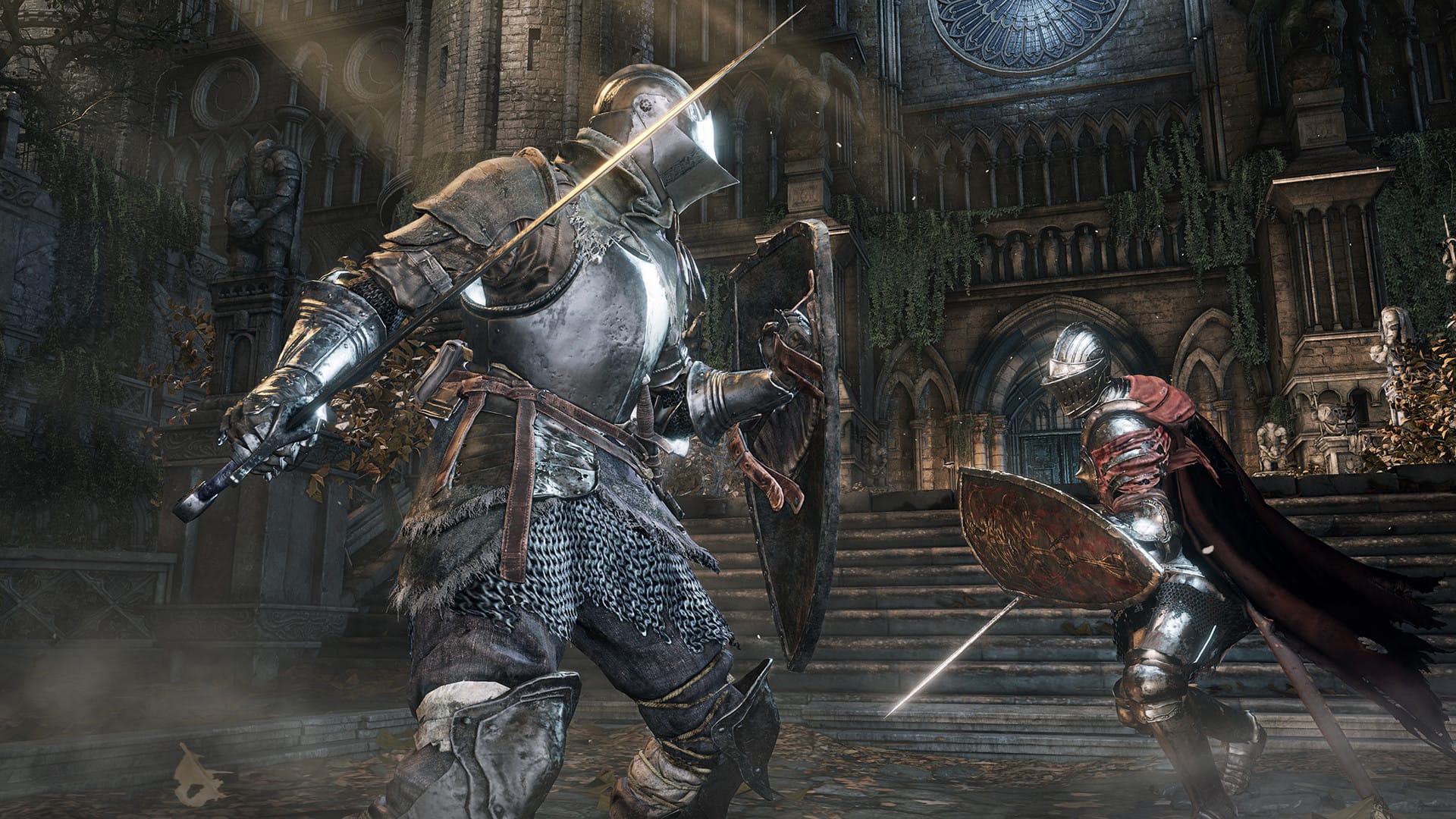
If Elden Ring is the sprawling opera, Dark Souls III is the razor‑edged concerto: a relentless, elegantly paced pilgrimage through ashen kingdoms and impossible bosses. Its great strength—and the reason Elden Ring players often bounce back to it—is combat clarity. The movesets are crisp, stamina tradeoffs clear, and enemy telegraphs readable yet deceptive. Level design doubles down on iconic shortcuts and looping routes, with set‑piece moments (Pontiff Sulyvahn, Dancer of the Boreal Valley) that still punch above their weight. Buildcraft remains deep—infusions, spell schools, and weapon arts enable varied playstyles—while bosses push you to truly learn rather than over‑level. It’s more directed than Elden Ring’s open world, but that focus produces some of the series’ best duels and arenas. For Tarnished craving surgical boss design and classic Souls cadence—and convenient co‑op for tough walls—this remains a high‑water mark that teaches lessons Elden Ring later expands.
3) Bloodborne (2015)
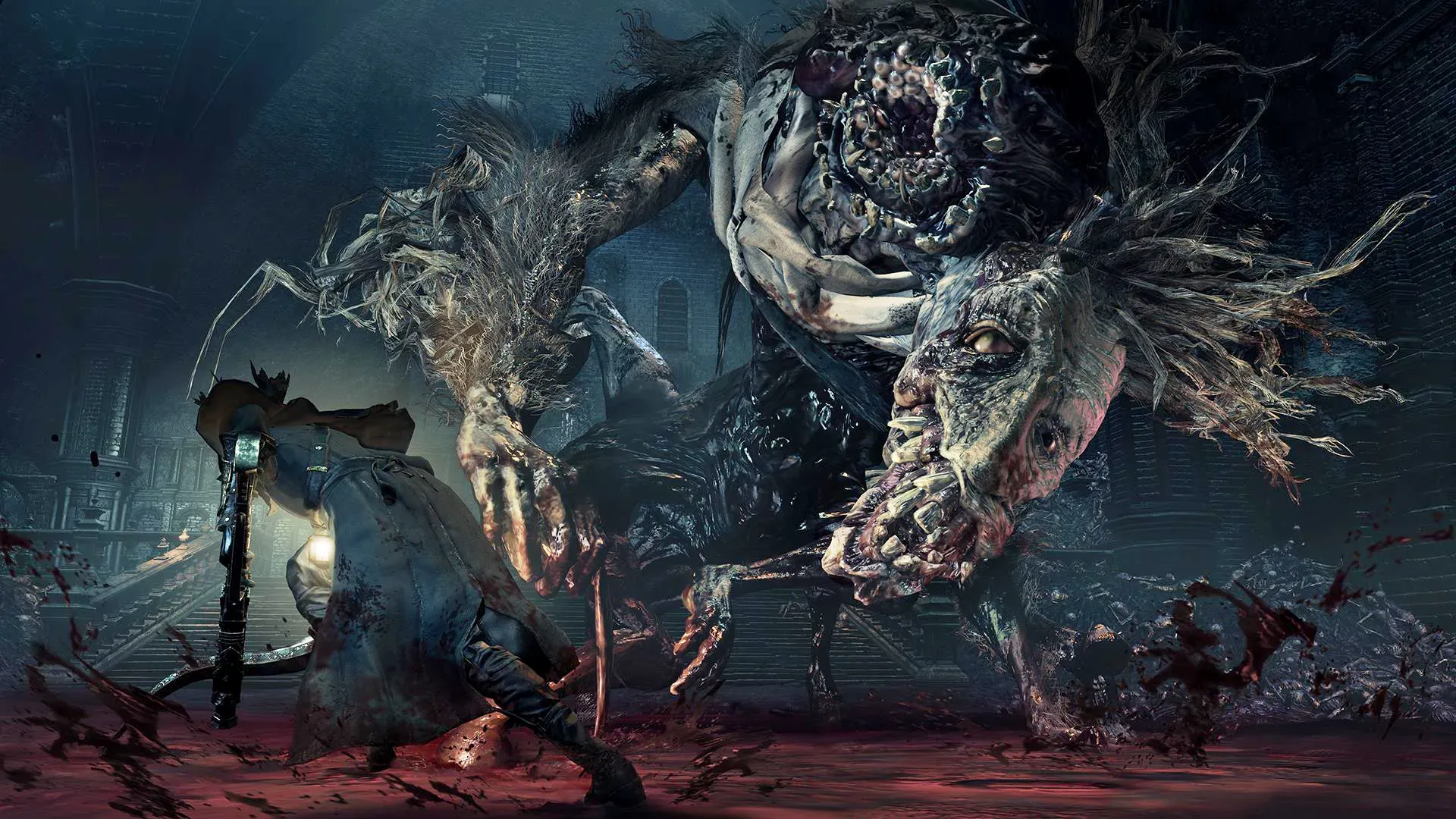
Bloodborne transforms Souls’ defensive dance into a feral sprint. The Rally system rewards aggression—hit back quickly to regain health—so every encounter becomes a nerve‑shredding race to control space. Trick Weapons fold versatility into a single slot (cane into whip, cleaver into extended cleaver), letting you reframe fights without opening a menu. The city of Yharnam, stitched from Gothic and Lovecraftian dread, offers the same environmental storytelling that made Elden Ring’s Lands Between feel haunted—only tighter and more suffocating. Boss design is surgical and expressive, with phases that escalate from beastly to cosmic. While it lacks Elden Ring’s open‑world meandering, it scratches the same itch for mystery that fights back: cryptic NPC threads, optional chalice dungeons, and a lore that invites obsession. If you loved Elden Ring’s most aggressive builds—bleed katanas, dual curved swords—Bloodborne’s speed and risk‑reward will feel like home, just drenched in old blood and mad insight.
4) Sekiro: Shadows Die Twice (2019)
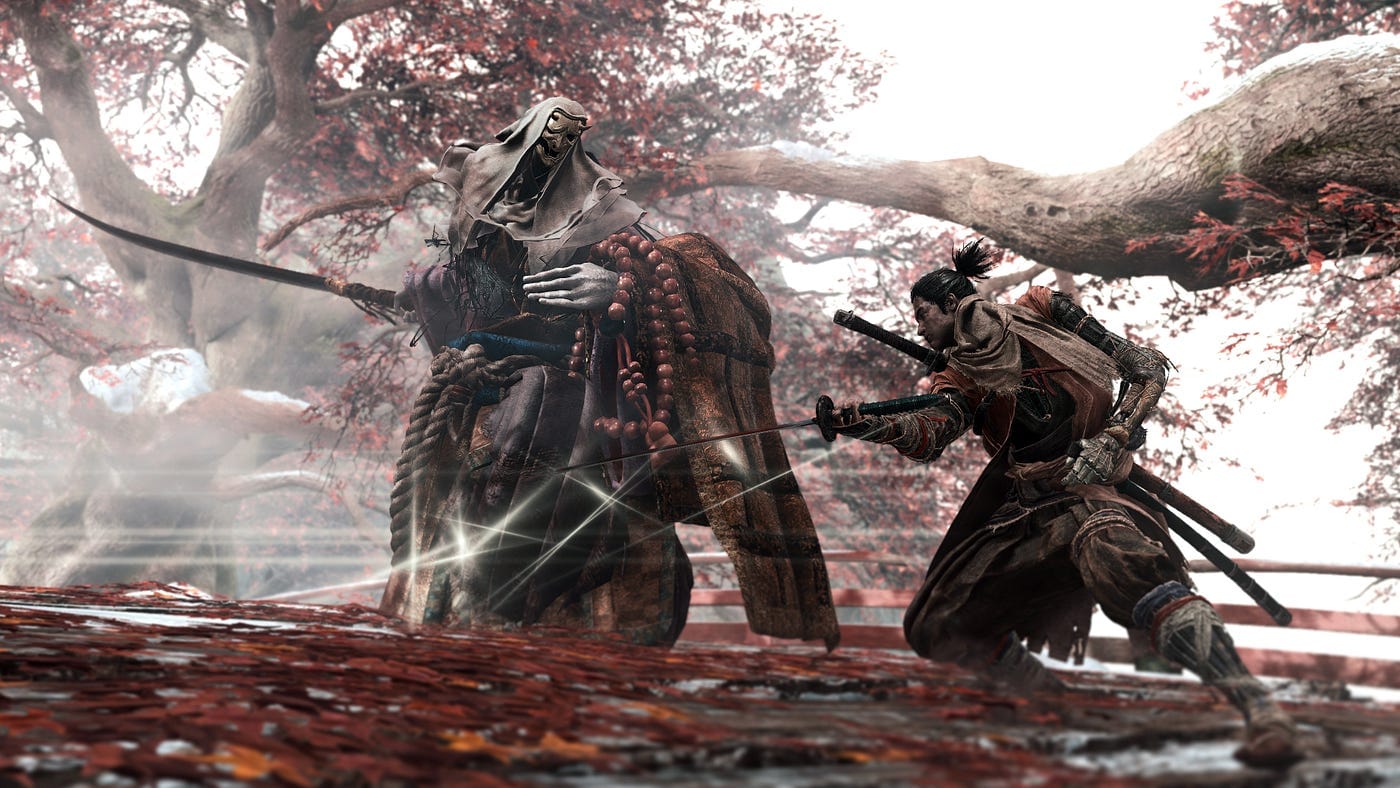
Sekiro trades stat tinkering for pure mechanical mastery. Where Elden Ring lets you bend odds with builds and spirits, Sekiro asks you to break your foes’ posture through perfect deflections, spacing, and relentless pressure. The result is an exhilarating conversation of steel on steel—bosses are puzzles of rhythm as much as reaction. Verticality also shines: a grappling hook turns arenas into multi‑tiered playgrounds, making approach and escape as tactical as swordplay. Without traditional RPG leveling, the satisfaction comes from learning—each victory feels earned in muscle memory, not numbers. That said, stealth routes, combat arts, and prosthetic tools offer expressive solutions that echo Elden Ring’s freedom in micro rather than macro. Expect breathtaking set pieces, from duels atop castle roofs to mythical beasts, all tied to a sharp, personal narrative. If you crave Elden Ring’s hardest parry windows and boss reads, Sekiro is the distilled, no‑safety‑net variant you’ll respect—and eventually love.
5) Demon’s Souls (2020)
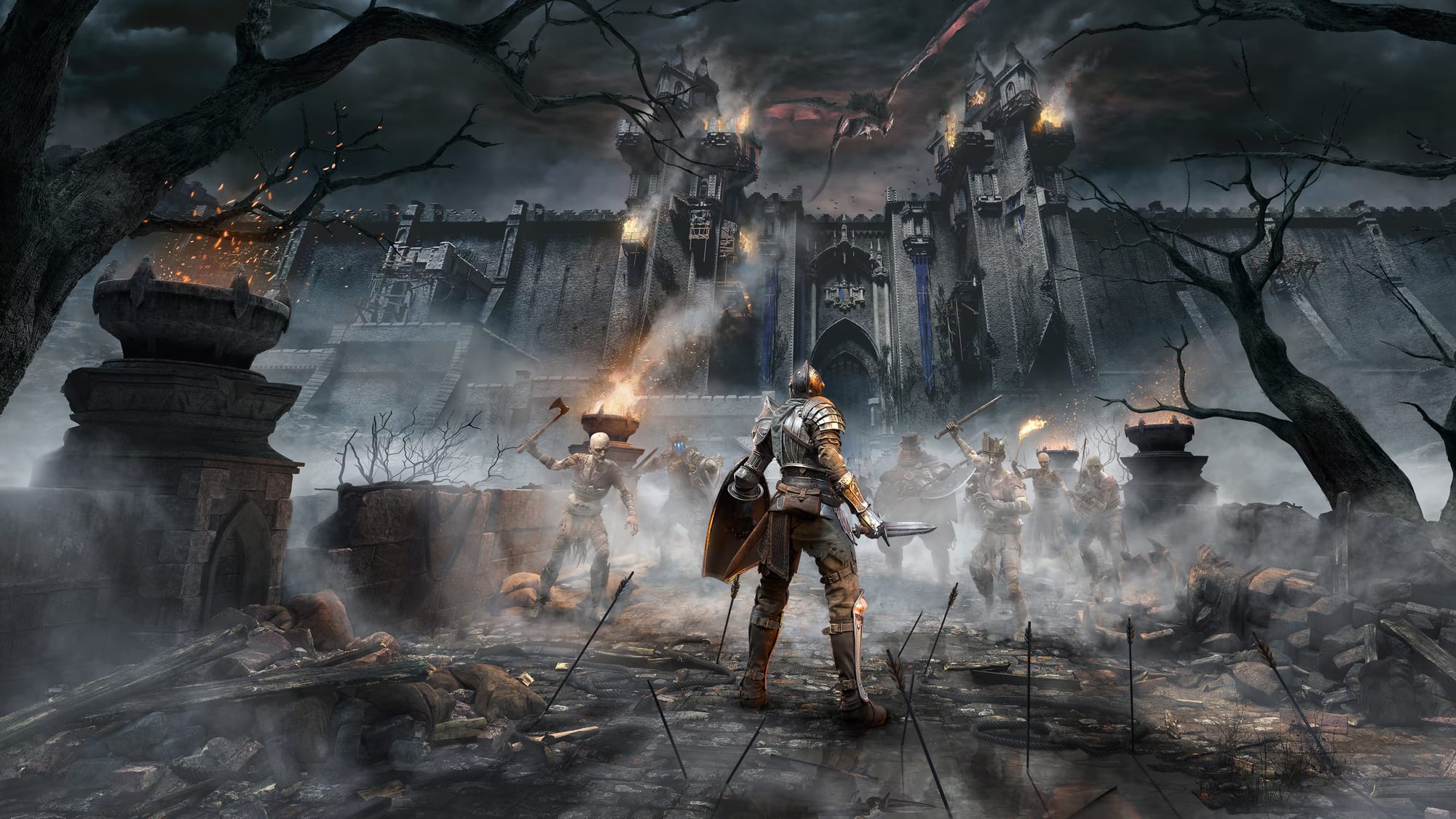
Bluepoint’s PS5 remake is a meticulous restoration of the proto‑Souls blueprint, modernized with absurdly fast loads and lavish visuals. Its archstone structure mirrors Elden Ring’s shard‑like exploration: discrete, treacherous biomes with secrets tucked behind every fog gate. What strikes Elden Ring fans is how many bedrock ideas were already here—resource‑driven risk, opaque systems, tragic NPC arcs—then later blossomed across Dark Souls and Elden Ring. The remake keeps the weighty combat and chilling ambience intact while subtly improving feedback and readability. It’s still a more puzzle‑box experience than Elden Ring’s open world; levels feel like carefully crafted gauntlets to solve rather than sprawling ecosystems to chart. But that density has its own pull, especially for players who enjoyed Elden Ring’s legacy dungeons most. Come for the fidelity showcase; stay for the eerie stillness, devious traps, and bosses that taught an entire genre how to make defeat feel instructive rather than cheap.
6) Nioh 2 (2020)

Nioh 2 channels Souls’ tension into ferocious, stance‑driven combat where mastery of Ki (stamina) and timing a Ki Pulse to cleanse yokai corruption are as vital as dodges. It’s the game Elden Ring’s dexterity mains should try when they want even more system depth. Loot and crafting are unabashedly Diablo‑like, but builds still hinge on weapon classes, stances (high/mid/low), and synergy with powerful Yokai Abilities you absorb from enemies. Missions replace an open world, but each map hides shortcuts, optional bosses, and twilight variants that echo Elden Ring’s sense of discovery. Co‑op makes even nasty encounters approachable, though Team Ninja’s enemies demand discipline even in groups. The story, set in Sengoku‑era Japan with mythic twists, frames unforgettable boss duels and “I finally did it” moments. If Elden Ring let you experiment your way into a power fantasy, Nioh 2 dares you to pilot a precision fantasy—faster, sharper, and endlessly tweakable.
7) Wo Long: Fallen Dynasty (2023)
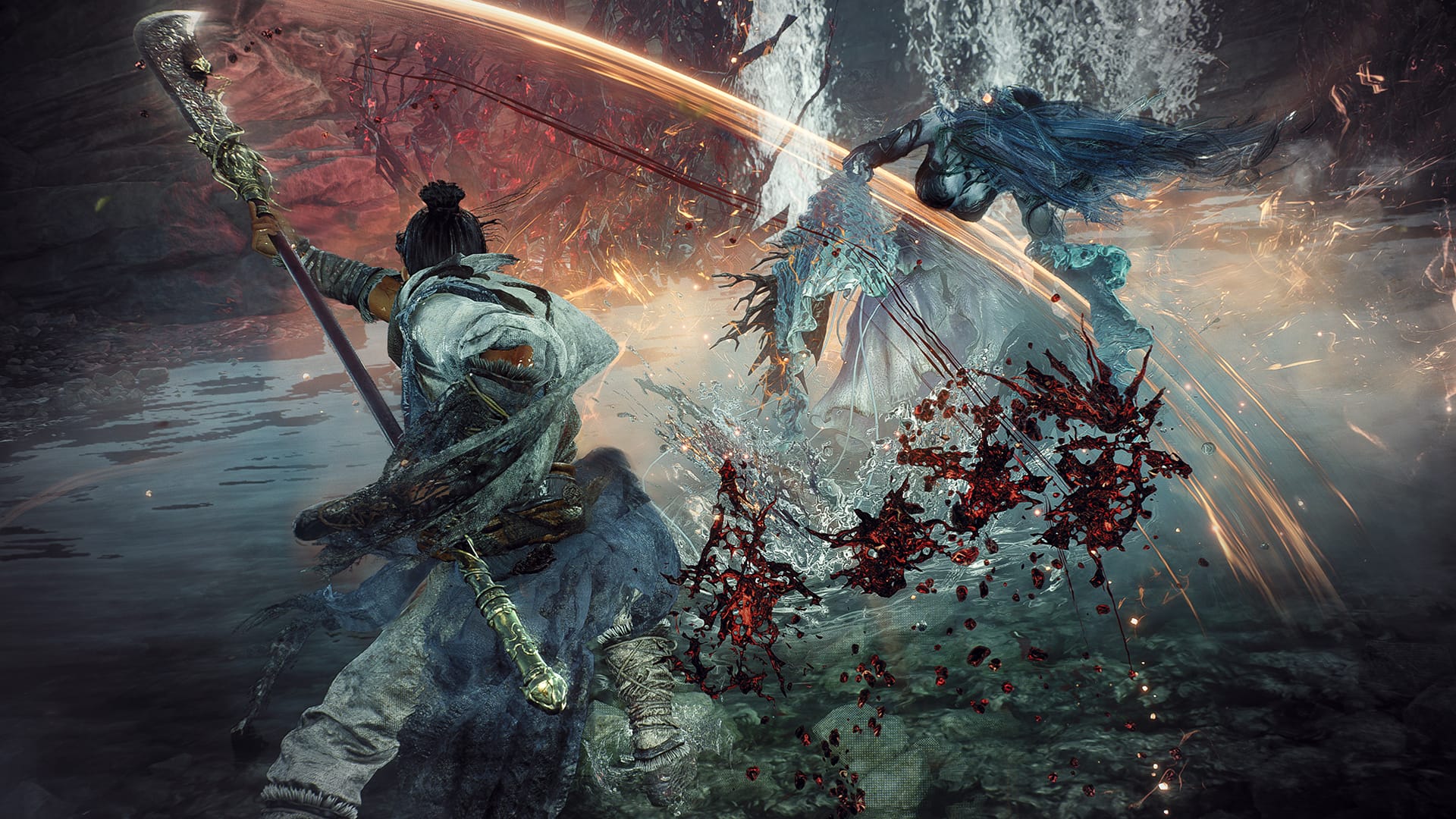
Wo Long is Team Ninja’s Soulslike take on the Three Kingdoms era, but with its own pace and personality. The headline systems—Deflection (parries) and Morale (a dynamic difficulty meter that rises as you succeed and falls when you die)—create a quick, back‑and‑forth rhythm that rewards calculated aggression. Think Elden Ring’s posture breaks, but woven into nearly every move you and your foes make. Levels are mission‑based, yet studded with shortcuts and flags to raise your Fortitude (a floor for Morale), so exploratory players still feel that steady, confidence‑building progression. Builds lean into wizardry spells, weapon arts, and Divine Beasts, with flexibility akin to Elden Ring’s ashes and talismans. Co‑op is straightforward and friendly to newcomers. For Tarnished who loved Elden Ring’s snappier weapons and counter windows—or anyone curious how parry‑centric design feels when it’s the core of combat—Wo Long is a fast, approachable, and deceptively deep alternative.
8) Lies of P (2023)
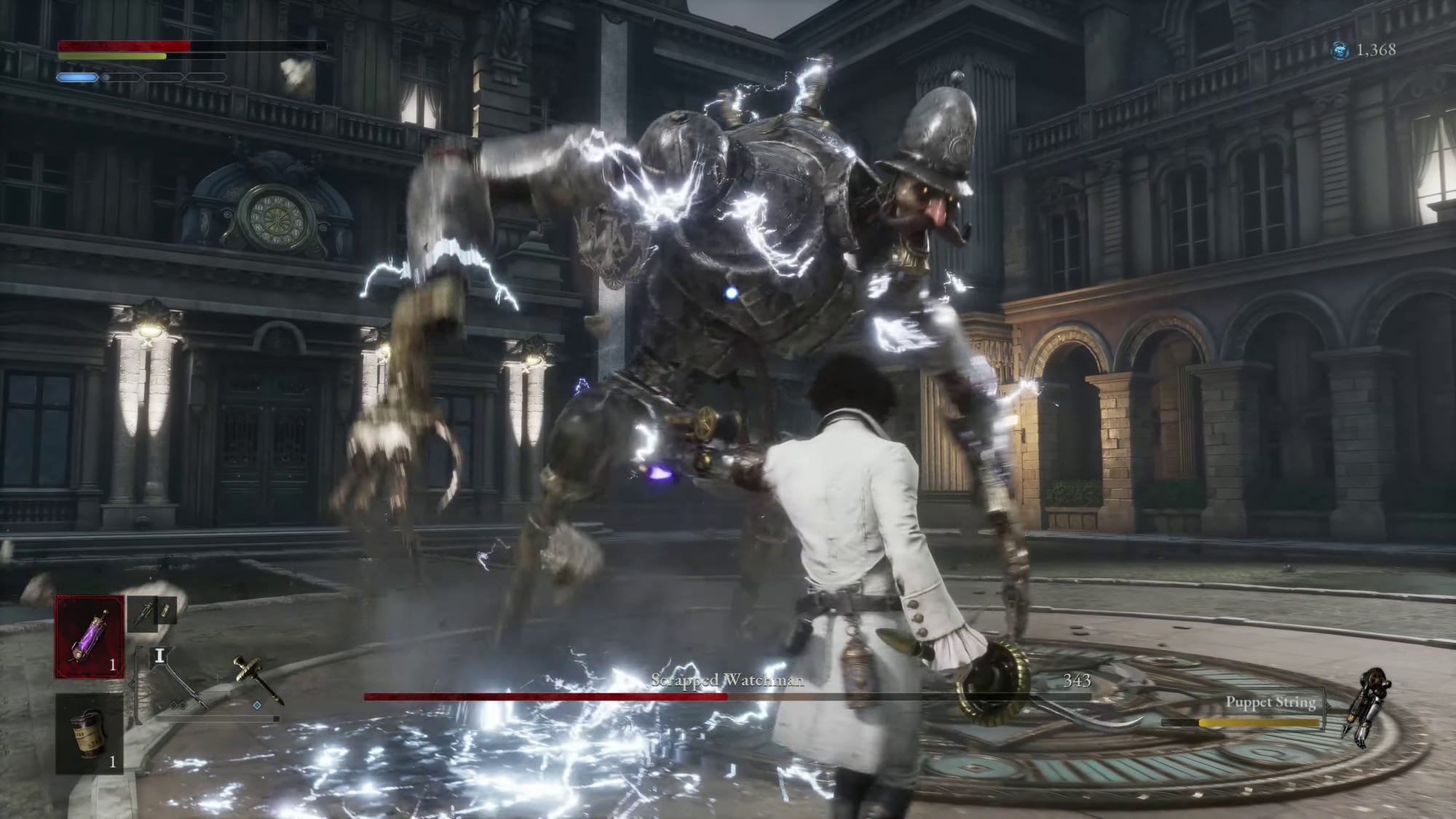
Lies of P proves the genre thrives outside FromSoftware. Set in the Belle Époque‑inspired city of Krat, it layers Soulslike fundamentals—methodical, punishing encounters—over a clever weapon assembly system (mix and match blades and hilts) and a mechanical arm full of gadgets. The standout twist is choice: its “lie” mechanic nudges story beats and endings, a neat echo of Elden Ring’s branching questlines. Bosses telegraph fairly, punish greed, and demand patience, and the world’s side paths reward bold exploration with game‑changing tools. It’s more linear than Elden Ring, but the density of secrets and the quality of its set pieces hit familiar notes, and post‑launch patches have smoothed rough edges. If you adored Elden Ring’s legacy dungeons, intricate NPC arcs, and the thrill of finding a build‑defining weapon, Krat’s haunted avenues will feel like a new, stylish neighborhood in the same brutal city.
9) Lords of the Fallen (2023)
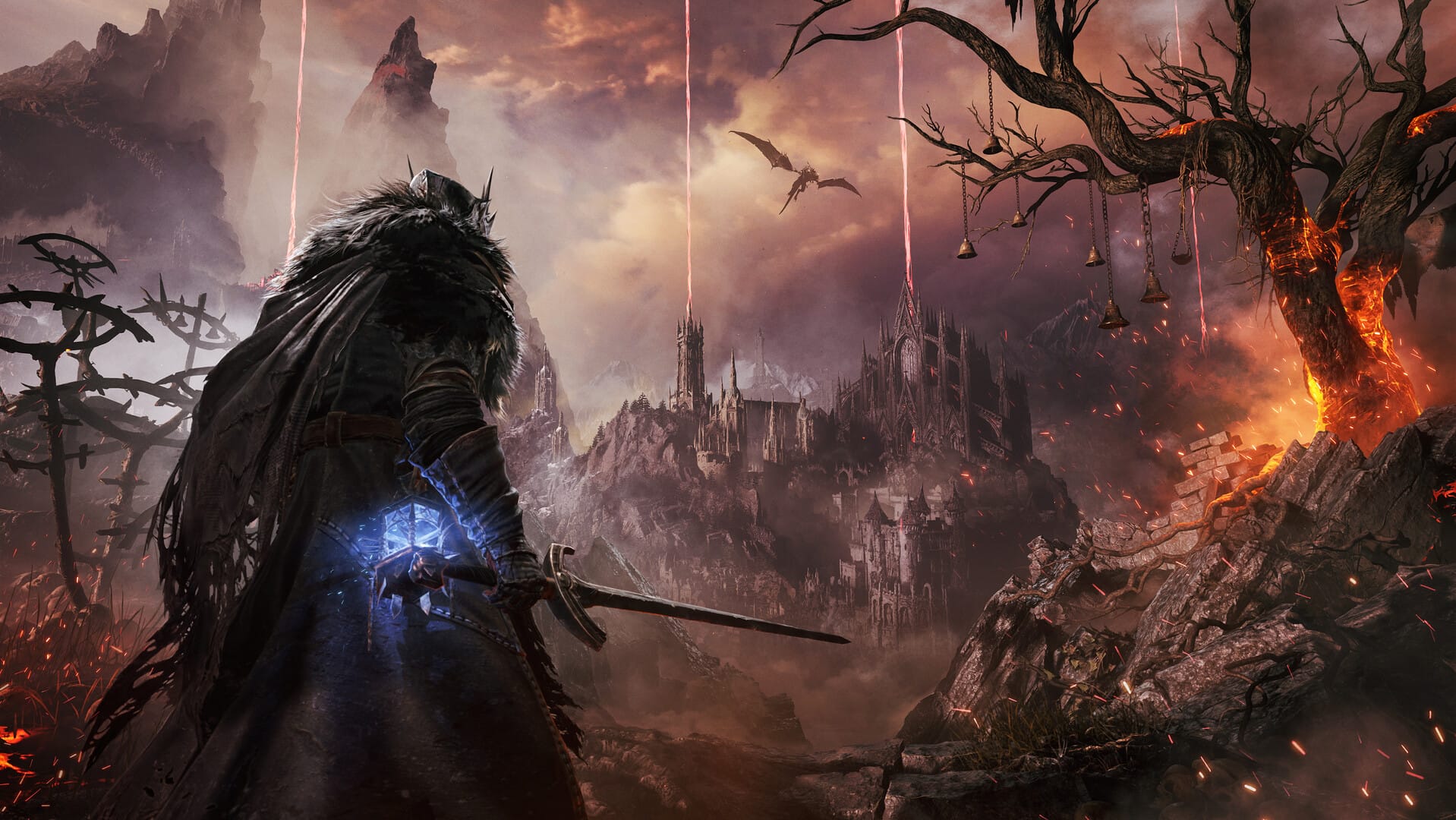
This reboot carves its identity with a bold dual‑realm mechanic: Axiom (the living world) and Umbral (a spectral layer you can forcibly enter). Toggling realms reshapes combat, puzzles, and pathing in ways Elden Ring fans will love—think of it like carrying a lantern that reveals hidden routes and deadlier threats. Combat leans classic Souls, but quality‑of‑life updates and ongoing patches have made co‑op smoother and early‑game onboarding friendlier. Bosses and art direction punch above their weight, and the world feels interconnected even without Elden Ring’s full open map. It’s a great choice if you want something moodier and more labyrinthine than a pure open‑world wander. The result isn’t just “Dark Souls with UE5 lighting”; it’s a confident, modern Soulslike whose best trick—seeing the same space from two realities—changes how you scout, fight, and plan.
10) Code Vein (2019)
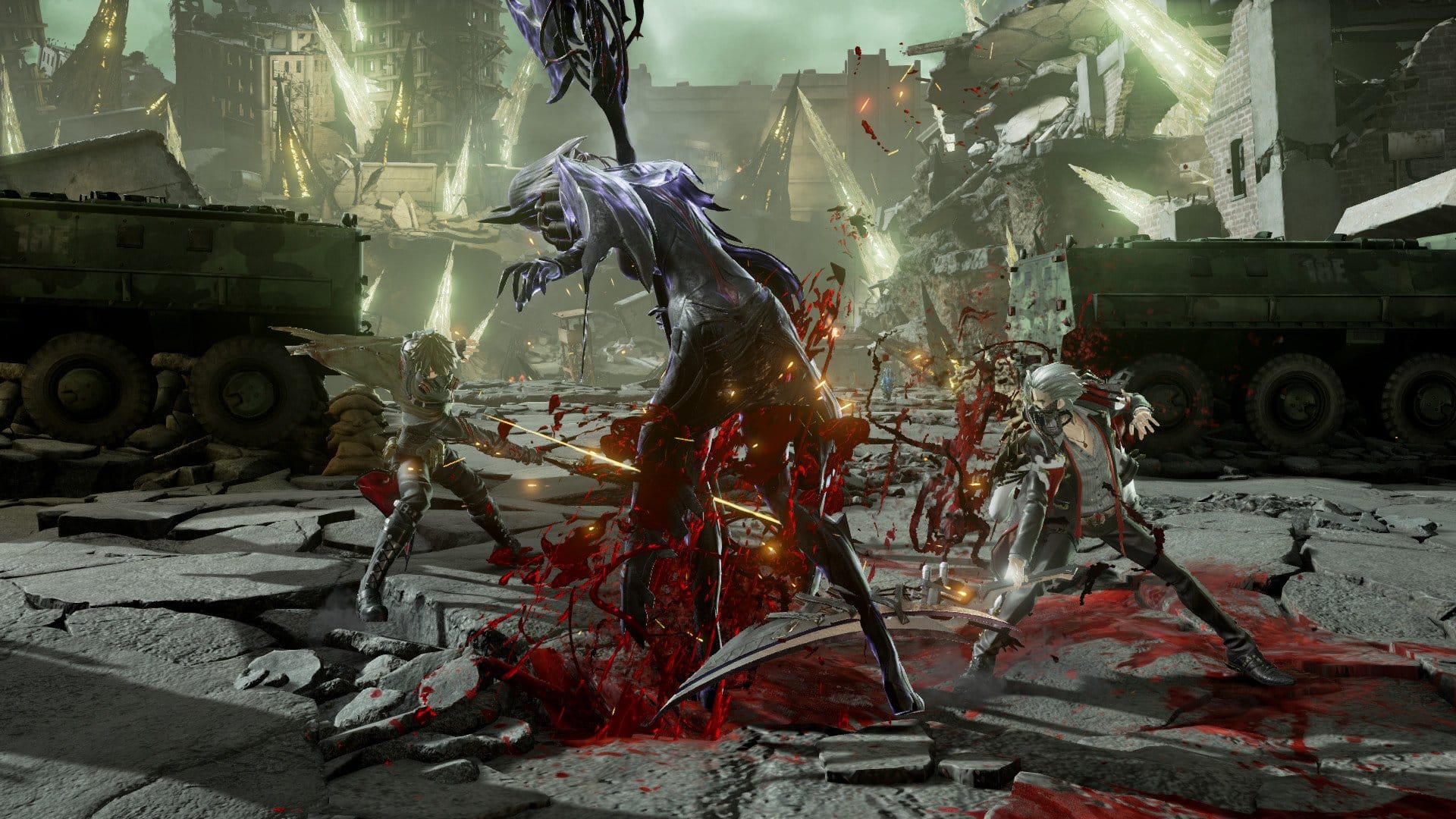
Code Vein is often summed up as “anime Souls,” but that undersells how smart its systems feel to Elden Ring players. The Blood Code framework lets you swap classes on the fly—akin to mixing talismans and ashes into a new build—while your AI (or co‑op) partner adds tactical layers to every pull. Weapons and Gifts (spells/skills) combine into surprisingly flexible kits, and its leveling curve is welcoming if you’re newer to the genre. The world is hub‑and‑spoke rather than truly open, yet zones hide shortcuts, bosses, and upgrade routes that reward curiosity. It lacks the sheer environmental majesty of the Lands Between, but makes up for it with expressive character creation and approachable difficulty that still spikes at key fights. If you enjoyed Elden Ring’s experimentation—trying out colossal swords one hour and bleed whips the next—Code Vein’s build freedom and companion dynamics make it an easy recommendation.
Final Thoughts
Whether you want the meticulously directed pressure of Dark Souls III, the aggressive momentum of Bloodborne, or the experimental co‑op roguelike loop of Nightreign, these ten prove there’s no single way to capture Elden Ring’s magic. Pick by what you loved most—boss duels, buildcraft, exploration, or co‑op—and you’ll find another world ready to test, teach, and reward you.





